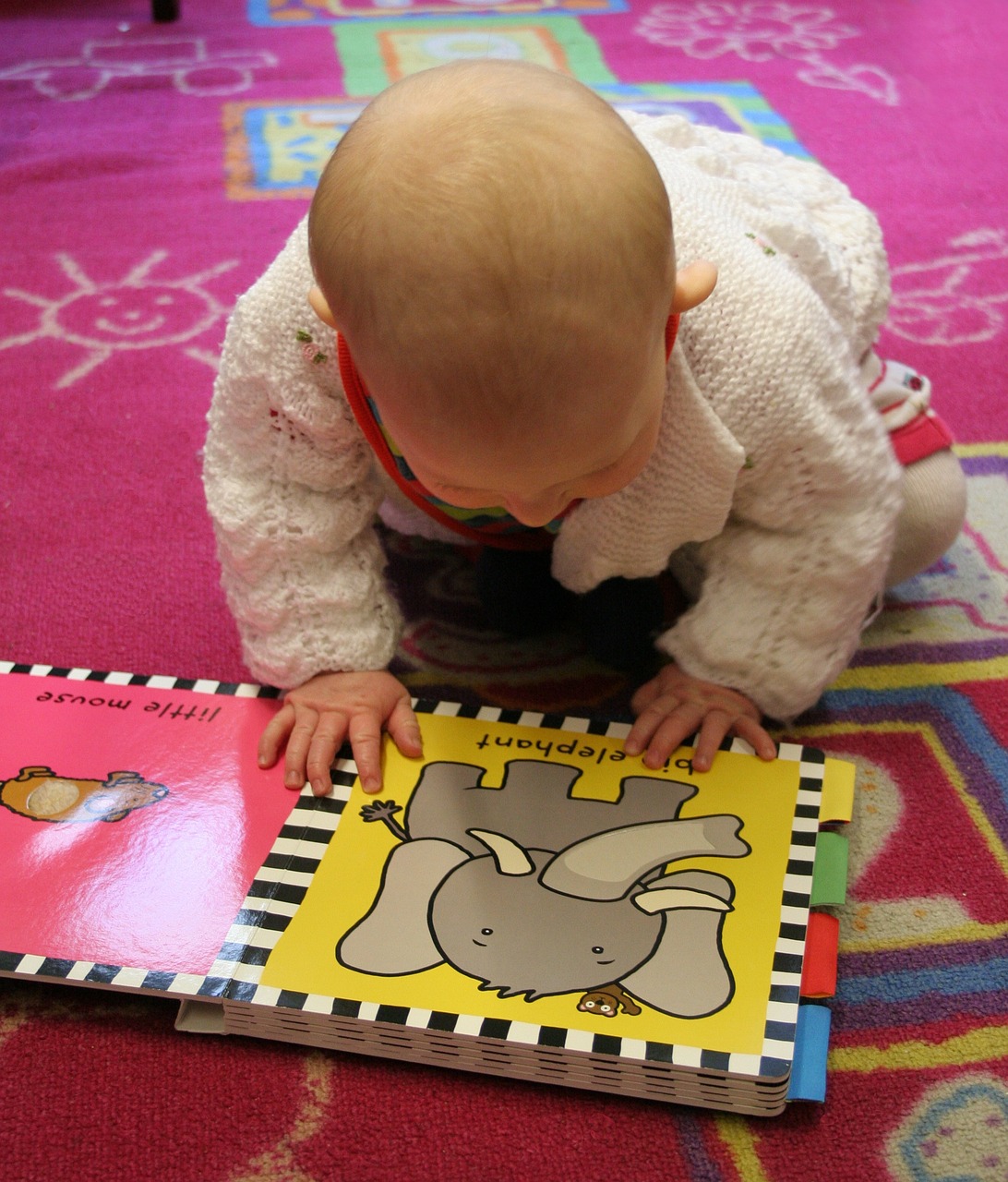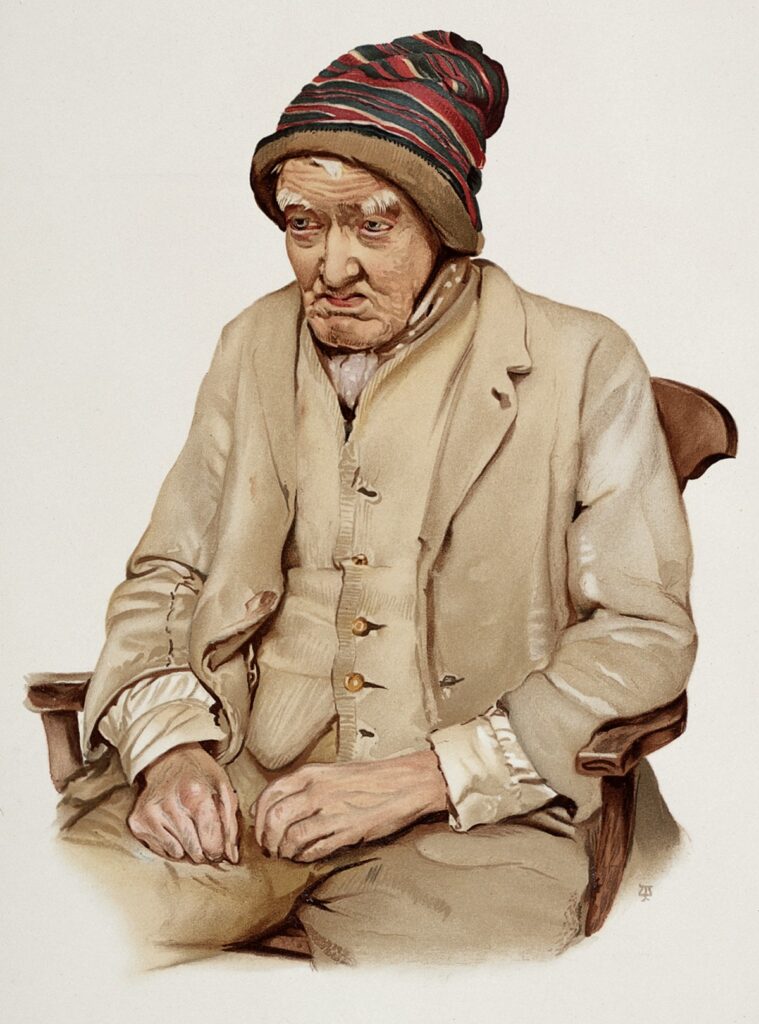Have you ever stopped to consider the sheer wonder of language acquisition in children? It’s a phenomenon that captures the imagination and begs for exploration. As we delve into this topic, we find ourselves marveling at the capacity of young minds to absorb and master the complexities of language. The process is not just about learning to communicate; it’s about unlocking a world of interaction, culture, and understanding.
The journey begins with the youngest of our species, infants, who are born into a world rich with sounds and symbols. From the moment they enter this auditory landscape, their brains are primed for the task ahead. It’s a task that seems Herculean—to decipher and adopt a system of communication that will allow them to express their needs, desires, and eventually, their deepest thoughts. Yet, they embark on this quest with an innate ability that leaves many adults in awe.
Consider the adults who have lived in England for years without mastering the language as well as children who have been alive for the same amount of time. It’s a stark contrast that highlights the unique prowess of the developing brain. Children, in their formative years, are not just learning to walk and explore the physical world; they are also navigating the intricate pathways of language. Their brains, though only just beginning to develop, are incredibly adept at absorbing linguistic nuances that often elude their elder counterparts.
Roger Bacon once said, ‘The conquest of learning is achieved through the knowledge of languages.’ This statement rings especially true when we observe the linguistic conquests of children. In Europe, the trend has been to introduce foreign languages at increasingly younger ages. The Barcelona European Council’s call in 2002 for action in teaching at least two foreign languages from a very early age has led to a significant shift. Now, most education systems require learning a foreign language before the age of eight, with some starting as early as six.
Why this push for early language learning?
Is it truly the case that ‘younger is better’ when it comes to mastering a new tongue? The evidence suggests that young children possess cognitive advantages such as higher brain plasticity, which facilitates their language acquisition. They learn implicitly, through play, songs, and imitation, driven by a desire to communicate. This method of learning not only enhances linguistic skills but also bolsters cognitive abilities like reasoning, problem-solving, and memory.
Older children are not to be underestimated. They bring to the table their own set of cognitive strengths, including greater linguistic experience and metalinguistic skills. These allow them to be more efficient learners of vocabulary and language structure, especially in a classroom setting with explicit instruction. Research has shown that older children can outperform younger ones in learning a new language, given the same amount of instruction time. However, young children eventually catch up and can even surpass their older peers in competence.
The success of early language learning, particularly in a school context, hinges on several factors. Quality exposure is crucial, and the type of immersion experienced by children in immigrating families is often not replicable in a classroom. Moreover, the availability of qualified language teachers and the continuity of language education play significant roles in the effectiveness of early language instruction.
In Denmark, for example, the structure of the education system allows for continuous learning of a foreign language like English without disruption. In contrast, the French system’s multiple transitions between education levels can lead to discontinuities in language learning. The European Commission advocates for a comprehensive approach that includes continuity in language education and support for teacher mobility and training.
As we reflect on the impressive ability of children to learn language, we must also consider the role of the sensitive period in early childhood. During this time, the brain is particularly receptive to learning the sounds of a native language. By six months, infants can discern vowel sounds, and by nine months, consonants. This sensitivity extends to children exposed to a second language, allowing them to achieve fluency up to the age of seven.
The process is facilitated by the language-rich environment provided by parents, who often engage in ‘parentese’—the exaggerated, melodic speech that helps infants learn the intonations and rhythms of their native tongue. This early exposure, combined with the brain’s built-in capacity for language, sets the stage for a child’s linguistic journey.
Our understanding of early language development has reached a point where it can inform interventions for children with learning difficulties. The potential for using brain wave recordings to assess language development holds promise for identifying children at risk for various disorders. In the future, a visit to the pediatrician could include a check-up on a child’s language abilities alongside routine vaccinations.
What helps kids learn language best?
The process of language acquisition in children is a testament to the remarkable capabilities of the human brain. From the babbling of infants to the articulate conversations of toddlers, this journey is not just about learning to speak—it’s about the unfolding of human potential. As we continue to unravel the mysteries of the developing mind, we stand in awe of the linguistic leaps that children make, a feat that is indeed ‘wildly impressive.’
Delving deeper into the intricacies of language acquisition, we turn our attention to the role of age and exposure. It’s a fascinating interplay that shapes the linguistic landscape of a child’s mind. The question of whether ‘younger is better’ in language learning is a nuanced one, with compelling arguments on both sides.
Young children are linguistic sponges, soaking up the sounds and structures of language with an ease that seems almost magical. Their brains, with their remarkable plasticity, are uniquely equipped to tune into the frequency of phonemes—the building blocks of language. This ability is not just about picking up words; it’s about internalizing the very essence of a language, its rhythm, and melody.

The evidence is clear: children who grow up in bilingual environments can distinguish between the subtle nuances of different languages with astonishing precision. By six months, they are already homing in on the vowel sounds of their native tongue, and by nine months, they are attuned to its consonants. This sensitivity is not a fleeting phase but a robust foundation that supports the acquisition of language for years to come.
But let’s not overlook the role of exposure. The type of language immersion that children in immigrant families experience is a potent catalyst for language learning. It’s an all-encompassing dive into a new linguistic pool, one that is not easily replicated in the more structured environment of a classroom. Yet, it is this very immersion that accelerates language acquisition, propelling children toward fluency at a pace that can seem bewildering.
The classroom, however, presents its own set of advantages. Older children, with their more developed cognitive abilities, can leverage explicit instruction to grasp the rules of a new language. They may start slower, but their ability to understand and apply linguistic concepts can lead to rapid progress. It’s a different path to the same destination, one that values the explicit over the implicit, the conscious over the subconscious.
What defines “quality” in the realm of language acquisition?
This brings us to the question of quality exposure. The answer is complex, as it intertwines with the competencies of language teachers and the continuity of language education. The challenge is to ensure that early language instruction is not just a box-ticking exercise but a meaningful engagement with the language.
In Denmark, the seamless transition from primary to lower secondary education allows for uninterrupted language learning, a model of consistency that supports linguistic growth. In contrast, the French system, with its multiple transitions, can disrupt the continuity of language education, potentially hindering progress.
The European Commission’s advocacy for a comprehensive approach to language education is a step in the right direction. It recognizes the need for a sustained and supportive learning environment, one that nurtures both the teachers and the taught. Teacher mobility and training are crucial components of this approach, ensuring that the torchbearers of language education are themselves well-equipped to guide their students.
As we ponder the marvels of language learning in children, we must also acknowledge the role of ‘parentese’ in this process. This melodious, exaggerated form of speech is more than just a parental quirk; it’s a linguistic bridge that connects the child to the world of language. Through its rhythmic cadence, ‘parentese’ helps children grasp the intonations and rhythms of their native language, laying the groundwork for future linguistic endeavors.
The potential of early language development is not just academic; it has practical implications for identifying and supporting children with learning difficulties. The use of brain wave recordings to assess language development is a promising frontier, one that could lead to early interventions for disorders such as autism and attention deficit.
The journey of language acquisition in children is a testament to the adaptability and resilience of the human brain. From the babbling of infants to the complex dialogues of school-aged children, this journey is a mosaic of cognitive, social, and educational influences. It’s a journey that underscores the importance of early exposure, quality teaching, and continuous learning. And it’s a journey that continues to inspire and amaze, reminding us of the boundless potential that resides within every child.
Related posts:
Britain’s multilingual children: ‘We speak whatever language gets the job done’





